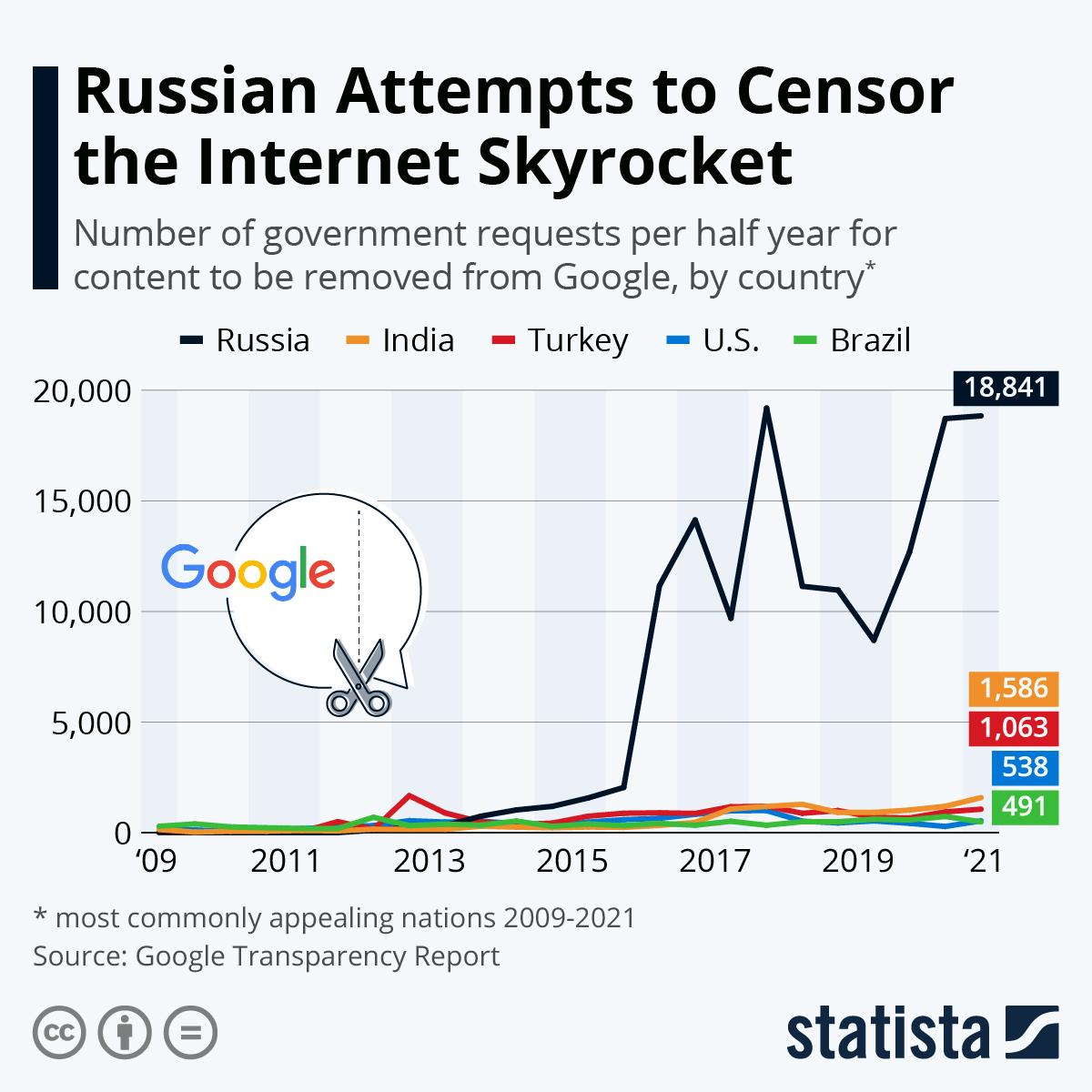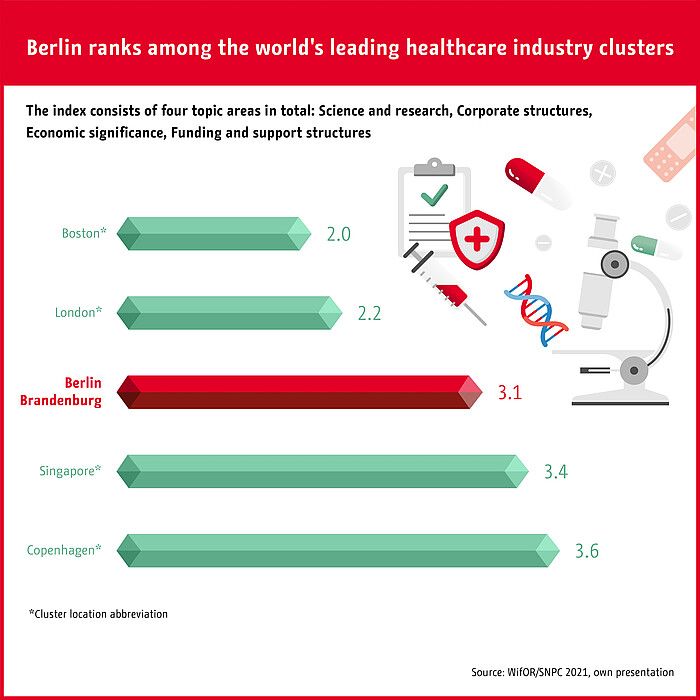«Аборты будут делать по старинке»: в России возник дефицит препаратов для прерывания беременности на ранних сроках
В российский больницах и аптеках ощущащется нехватка препаратов для медикаментозного аборта, рассказали The Moscow Times источник, близкий к руководству Министерства здравоохранения, а также подтвердили два собеседника из фарминдустрии.
Субстанция, из которой производят отечественные препараты для фармаборта — мифепристон — поставлялась из Франции. Если в ближайшее время наладить поставки не удастся, россиянкам начнут делать так называемое выскабливание, то есть механический аборт по советской технологии.
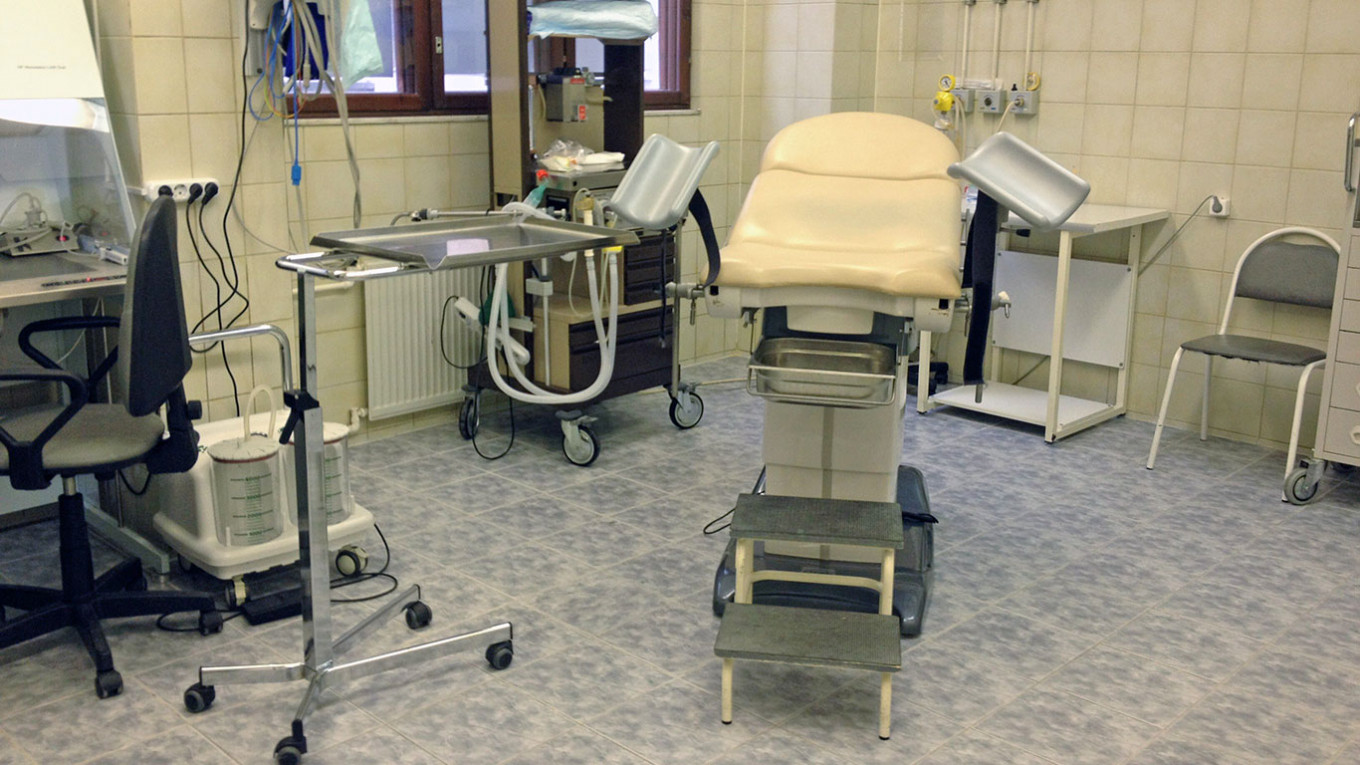
Дефицит препаратов для медикаментозного аборта связан с отсутствием поставок сырья для производства препаратов, сообщил высокопоставленный источник издания в Минздраве. Медикаментозный аборт применяется на ранних сроках беременности и считается щадящей процедурой. Собеседник отметил, что ситуация ухудшается второй месяц, и в ведомстве пока нет понимания, каким образом будет выстраиваться импортозамещение таблеток для прерывания беременности на ранних сроках.
В России препарат от нежелательной, но наступившей беременности производился такими фармкомпаниями, как «Изварино Фарма», «Московская фармацевтическая фабрика» и «Обнинская химико-фармацевтическая компания» под разными названиями: «Мифепрекс», «Миропристон», «Гинестрил», «Женеале» и другими. Объединяет все эти препараты одно и то же действующее вещество — мифепристон, которое не производится в России. До недавнего времени его закупали во Франции.
«Просто для фармкомпаний было невыгодно производить его самим. Привозили из Франции субстанцию. Они нам одни компоненты, мы им другие. Но это были другие товарно-денежные отношения. Сейчас, я думаю, свое все делать начнут», — рассуждает главный врач одной из частных клиник.
Нехватка сырья, говорят представители двух фармкомпаний, связана с невозможностью оплатить контракты на его поставки и с логистическими проблемами. В марте о похожих трудностях с субстанциями
писал «Коммерсантъ». По данным газеты, проблемы с логистикой обрушили не только поставки из Европы, но и из дружественных России Китая и Индии, на которые приходилось до 80% общего объема импортируемого сырья. По разным оценкам, запасов у фармкомпаний осталось на три-шесть месяцев, писали журналисты.
Заменить препарат аналогами собственного производства или другим действующим веществом не получится: мифепристон — это единственное вещество, применяемое при проведении медикаментозных абортов, утверждают собеседники издания. О том, что мифепристон является единственным сертифицированным препаратом для выполнения таких процедур также
говорится в рекомендациях Минздрава. Второй препарат, указанный в списке — «Мизопростол» — используется в схеме вместе с мифепристоном. Его, по словам главного врача частной клиники, могут самостоятельно производить отечественные фармкомпании. Однако специалисты объясняют, что отечественный препарат должен применяться в комплексе с импортным, без которого аборт невозможен.
«Мизопростол используется на втором этапе медикаментозного аборта. Сперва идет мифепристон, который останавливает развитие беременности, а потом, спустя 48 часов, дают мизопростол, чтобы вызвать сокращение матки, чтобы произошел выкидыш, — объясняет акушер-гинеколог одной из частных клиник. — Если действительно поставки прекратятся, то будут по старинке медаборты: вакуумом или кюреткой. Мы движемся в том направлении, где фармаборт — это роскошь».
По данным на 11 мая, на сайте eapteka.ru представлены всего три позиции препаратов, содержащих мифепристон. Самый дорогой препарат, «Гинестрил», обойдется в 7249 рублей. Два других средства для аборта — «Женеале» и «Гинепристон» — можно приобрести за 536 и 776 рублей. При этом на складе интернет-аптеки осталось всего по одной упаковке каждого препарата.
В начале марта «Новая газета»
рассказывала о растущих в цене и в то же время пропадающих с полок магазинов оральных контрацептивах, которые используются не только для избежания нежелательной беременности, но и для лечения, а также профилактики различных хронических заболеваний. Как и в случае с препаратами для фармаборта, большинство оральных контрацептивов производятся за границей, в частности в Германии. Отечественные аналоги, сетуют собеседницы «Новой газеты», могут не подойти из-за индивидуальных особенностей организма.



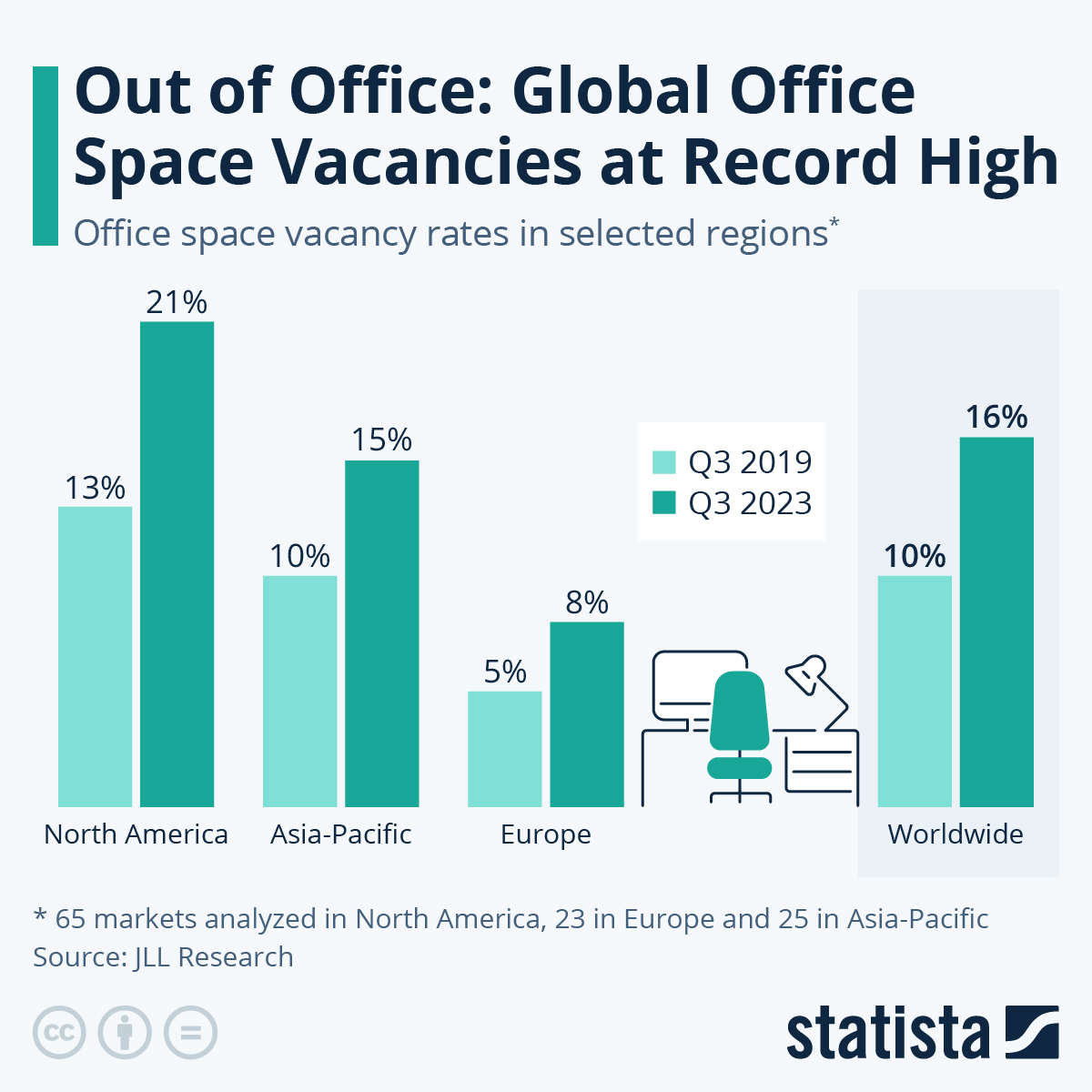




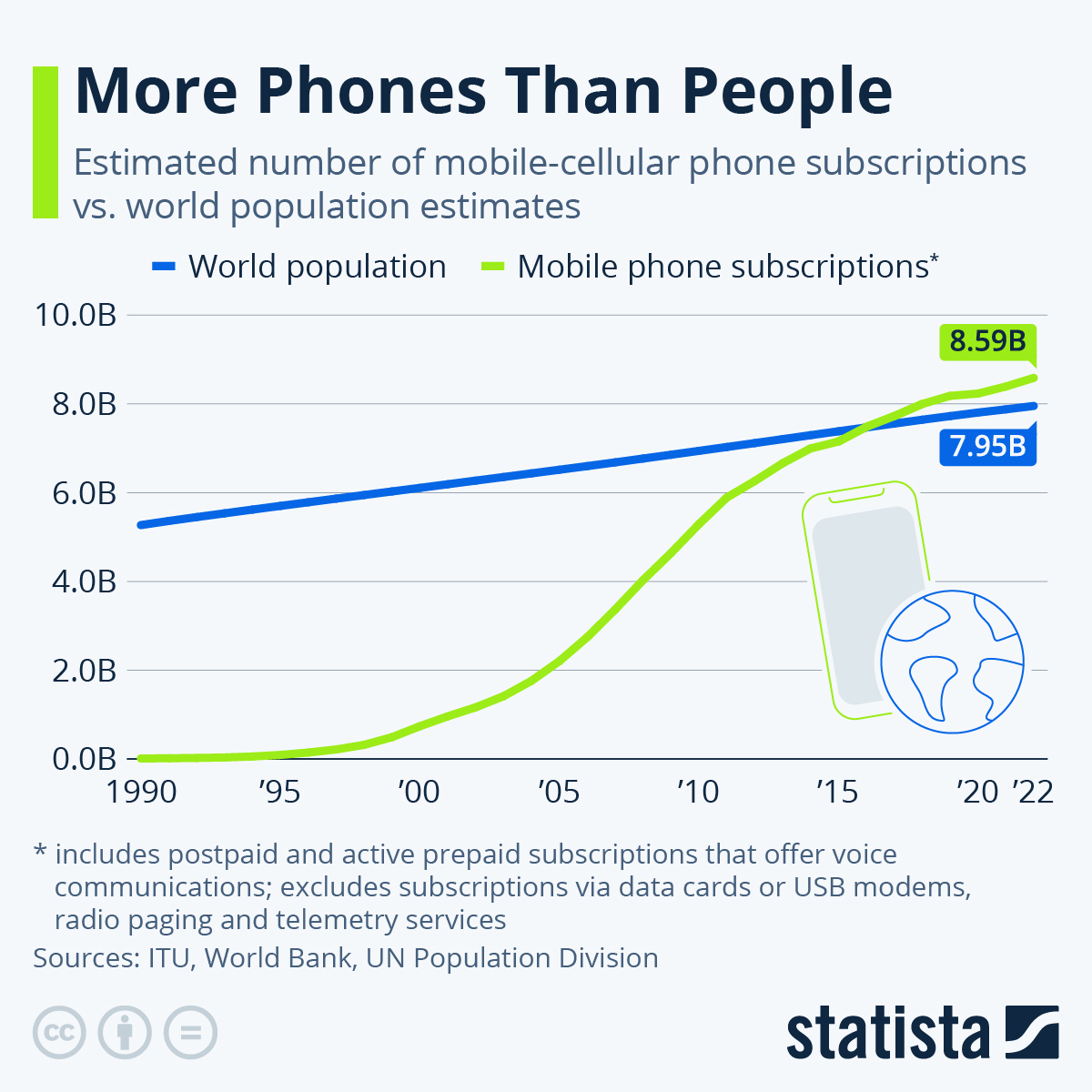


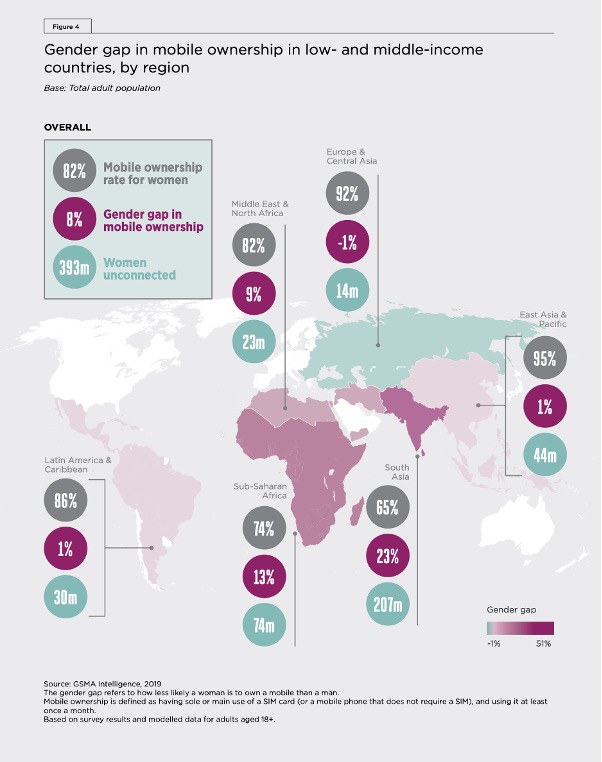
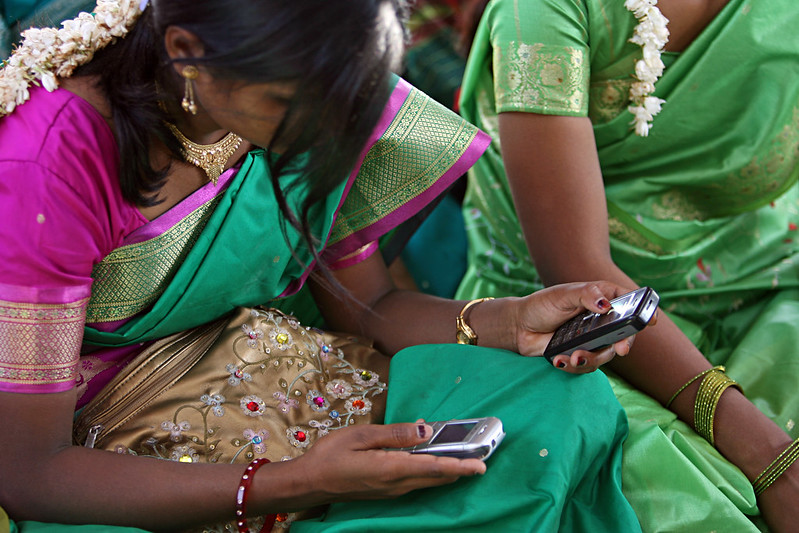
 Дефицит препаратов для медикаментозного аборта связан с отсутствием поставок сырья для производства препаратов, сообщил высокопоставленный источник издания в Минздраве. Медикаментозный аборт применяется на ранних сроках беременности и считается щадящей процедурой. Собеседник отметил, что ситуация ухудшается второй месяц, и в ведомстве пока нет понимания, каким образом будет выстраиваться импортозамещение таблеток для прерывания беременности на ранних сроках.
Дефицит препаратов для медикаментозного аборта связан с отсутствием поставок сырья для производства препаратов, сообщил высокопоставленный источник издания в Минздраве. Медикаментозный аборт применяется на ранних сроках беременности и считается щадящей процедурой. Собеседник отметил, что ситуация ухудшается второй месяц, и в ведомстве пока нет понимания, каким образом будет выстраиваться импортозамещение таблеток для прерывания беременности на ранних сроках.


